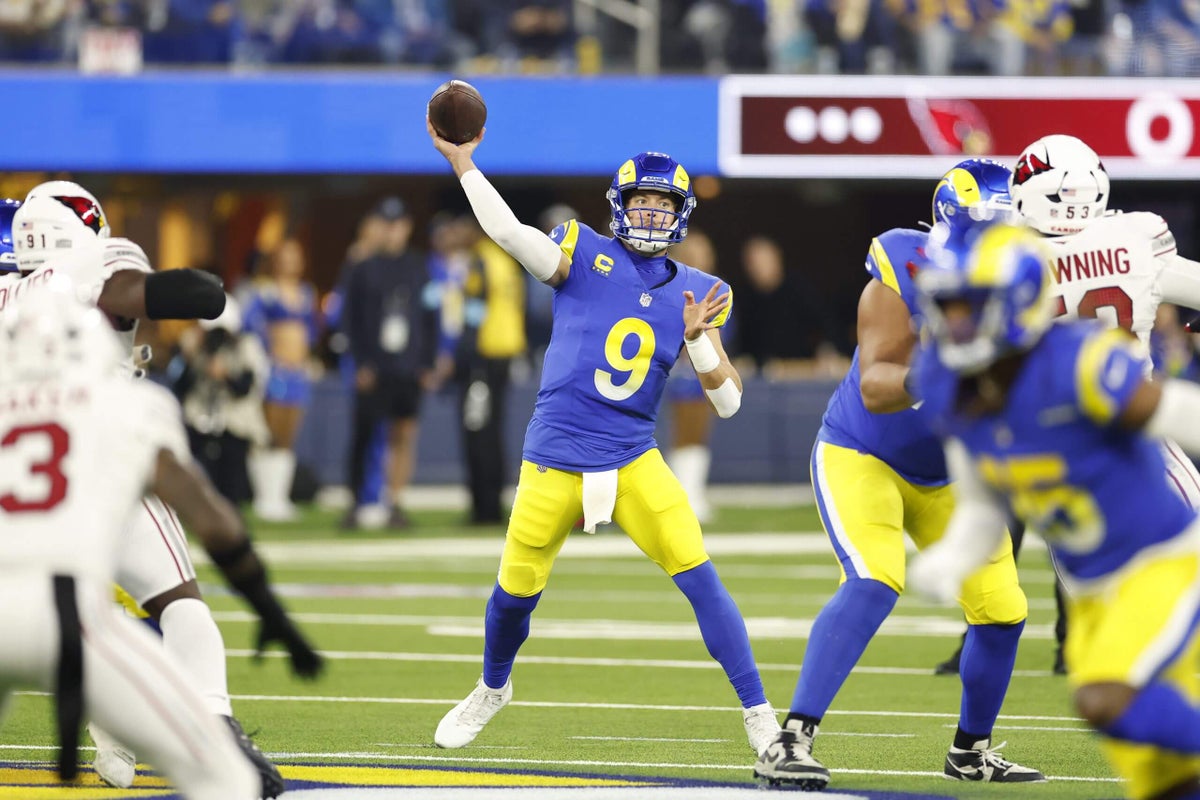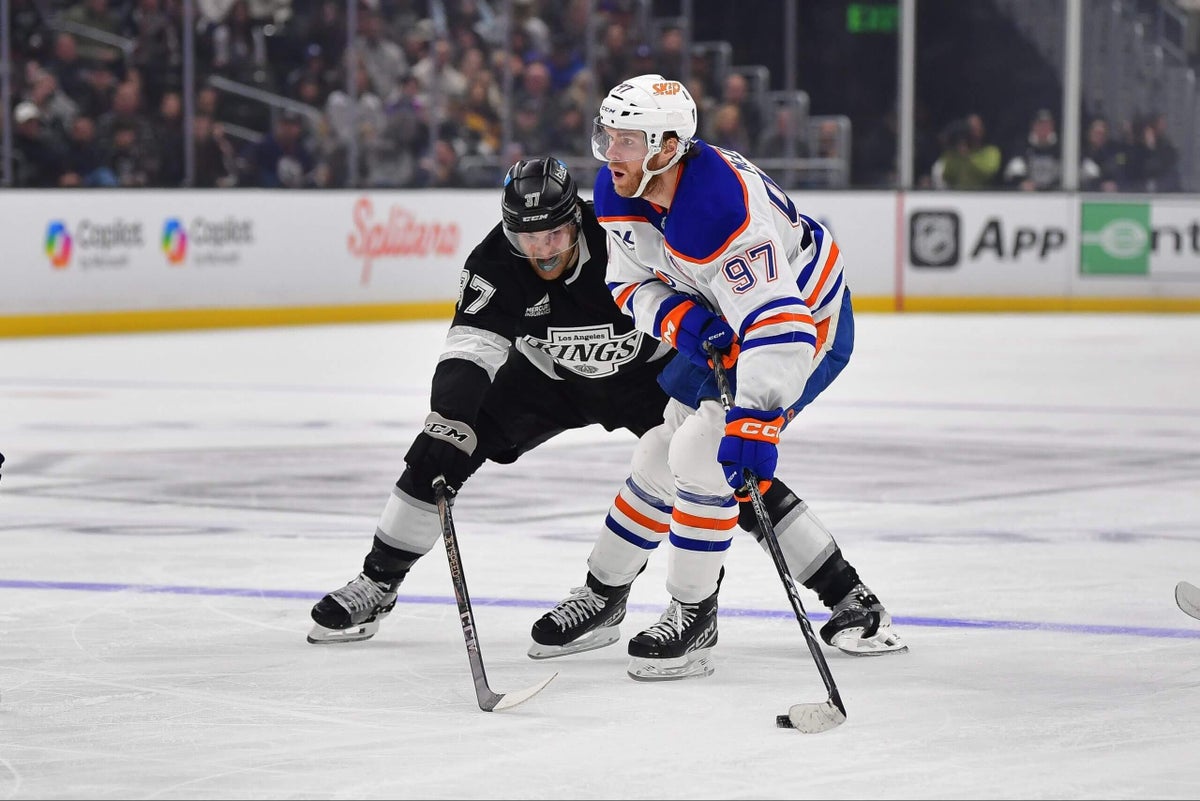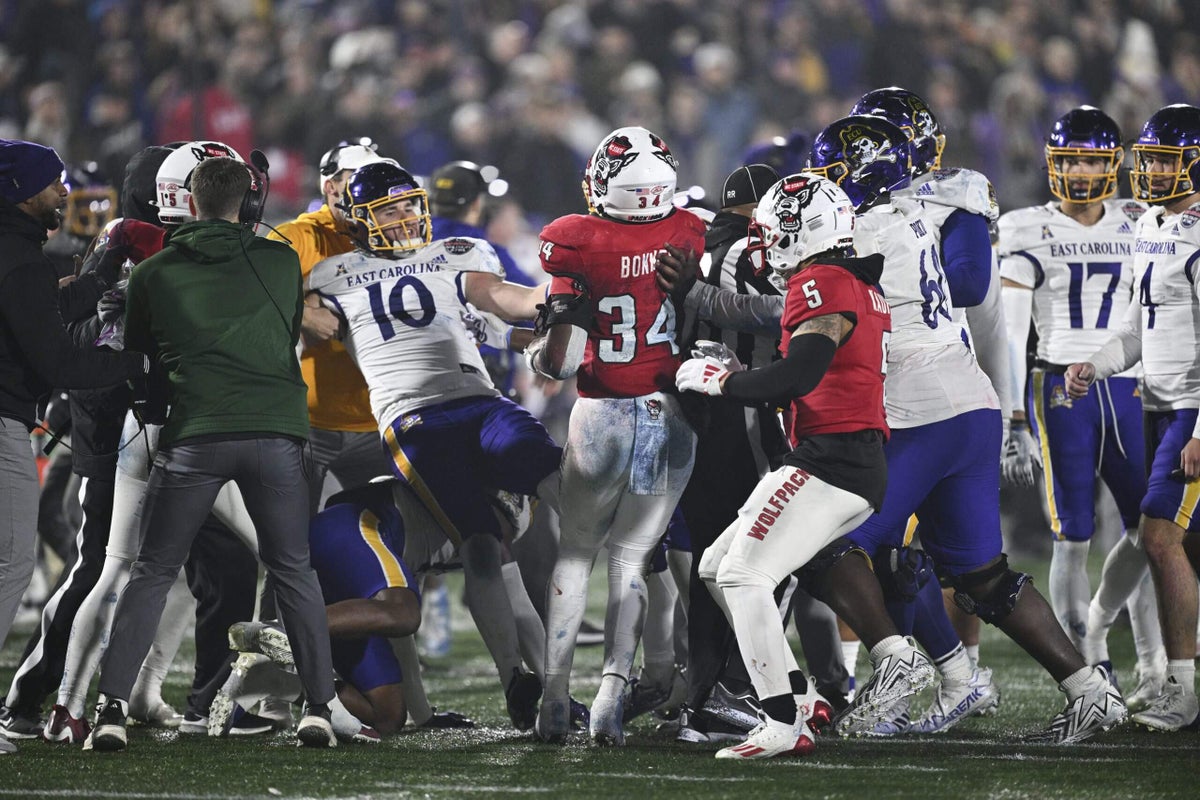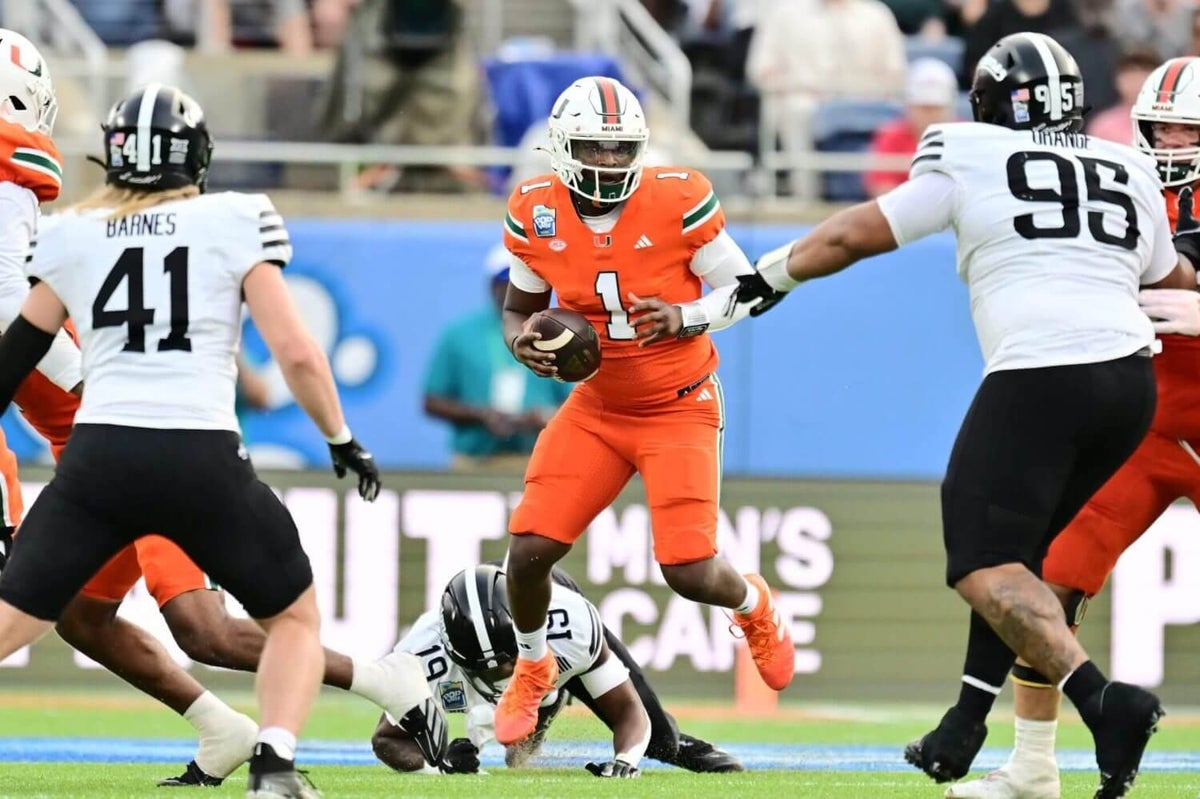Corbin Burnes built a resume worthy of the six-year, $210 million deal he agreed to with the Arizona Diamondbacks on Saturday on the strength of his signature cutter. By the end of last season, however, a different pitch left baseball coaches, scouts and executives open-mouthed with wonder regarding Burnes’ adaptability and potential staying power as one of the game’s aces.
Behold, Burnes’ sweeper.
“I mean, the cutter is really unique with its velocity and movement,” one evaluator said, “but there are people that would argue that this, the sweeper, is the best pitch in his arsenal.”
In joining the Diamondbacks, Burnes chose a team that recently made significant changes to its pitching coaching staff, including hiring Brian Kaplan as pitching coach to replace veteran Brent Strom. Kaplan brings a track record of development, having spent the past three seasons with the Philadelphia Phillies as an assistant pitching coach. Kaplan is also a co-founder of Cressey Sports Performance, a training facility used by many pitchers.
Burnes introduced his sweeper while pitching for the Milwaukee Brewers during the second half of 2023. Brewers officials liked it, and encouraged him to throw it more often. Other teams evaluated it as a high-performing pitch, the kind that ended at-bats.
The Baltimore Orioles, the team that acquired Burnes in a trade after the 2023 season, were one of those organizations enamored with the sweeper. Ahead of the 2024 season, Burnes rolled with the pitch, throwing it in the early days of spring training, before games got started. But then at a certain point in spring training, Burnes felt like he needed to steer his attention toward making sure the other pitches he had long relied on against right-handed batters were going to be ready. So he shelved the sweeper.
Burnes and his sweeper ended up taking a four-month break. Still, it remained part of the conversation throughout the hiatus. One day in August, Burnes fiddled with the sweeper again, throwing it while playing catch. He threw it for a couple days in a row. Then he decided he was ready to unleash it again in a game.
After sprinkling in a few sweepers over two games in August, Burnes re-introduced the pitch as a full-time part of his arsenal during an electric final month. Coming off a rough August in which he had a 7.36 ERA, Burnes dominated in five September starts, producing a 1.20 ERA. In September, Burnes upped his sweeper usage to 10.9 percent.
The upswing continued during the playoffs. In his lone postseason start on Oct. 1, Burnes allowed just one run in eight innings, stifling the Kansas City Royals’ right-handed-heavy lineup with his sweeper. He threw 16 of them, accounting for 19 percent of his total, nearly matching the highest percentage of sweepers he had ever thrown in a game (19.7 percent on Sept. 28, 2023).
“This all goes back to the fact that this guy is so supremely talented,” one evaluator said, “and he can do pretty much whatever he wants to.”
The movement and velocity of Burnes’ sweeper, multiple pitching coaches said, puts the pitch in the upper echelon.
No one else consistently throws a sweeper at such a velocity (84.2 mph average), with such a spin rate (nearly 3,000 rpm) and with such movement (17 inches of horizontal break).
In 2023, Burnes threw the sweeper 140 times, allowing just two hits (.074 batting average against) with a whopping 53.3-percent swing-and-miss rate. Last season, Burnes threw the pitch just 54 times (all to right-handed batters) and again allowed just two hits (both home runs) with a 45.7 percent whiff rate. A small sample, to be sure, but the pitch has flashed elite potential.
Burnes’ sweeper complements the rest of his repertoire because it’s another pitch moving away against right-handed batters, like his cutter, curveball and other slider, but with much more movement. Essentially, Burnes can throw four different pitches (he uses a changeup predominantly against left-handed batters) moving in the same direction yet with varying levels of speed and break.
“He’s playing such a different game,” an American League evaluator said. “He just understands how pitches work together.”
This isn’t the first time Burnes has adapted. He changed his entire repertoire ahead of the 2020 season. Then he further refined it ahead of the 2021 season, when he won the National League Cy Young Award.

Burnes won the Cy Young in 2021 with the Brewers. (Benny Sieu / USA TODAY)
But it’s a good time for Burnes, 30, to continue to show he can still evolve. He just landed a huge contract. And there were also some flashing yellow signs last season that at least warrant a critical look.
Burnes improved late in the season, but battled a stretch of mediocrity before spotting his cutter at the bottom of the strike zone again. Burnes’ strikeout rate dipped to 23.1 percent, his lowest since 2018, though some of that was by design; he pitched more to contact in an effort to finish at-bats faster and log more innings. The whiff rate on Burnes’ cutter dropped to 19 percent and the slugging percentage against it increased to .362, both career-worst outcomes. Still, public data and teams’ internal systems, per league sources, suggest the cutter remains elite.
Some regression, however, looms as inevitable, just as it would for anyone. To combat such a possibility, the sweeper could be a key weapon next year. And, perhaps, beyond.
The story of Burnes’ sweeper is the latest reason why so many in the baseball industry view him as a pitcher worthy of one of the best per-year salaries.
“He’s going to constantly adjust,” a National League scout said. “He knows how to get guys out and induce weak contact early in the count. He’s got a purpose, and understanding of how and why he’s doing it. He’s smart like that. He’s going to figure it out.”
(Top photo: Patrick Smith / Getty Images)












Leave a Reply